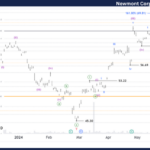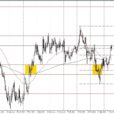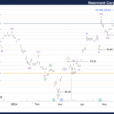
from CoreLogic
— this post authored by Matt Cannon
One effect of the rapid increase in home prices from 2000 to 2006 was the increased use of home equity lines of credit (HELOCs) as a method for homeowners to extract equity from their properties. HELOCs consist of a “draw period” and a “post-draw period.” At any time during the draw period, borrowers can borrow up to a specified credit limit, or pay part or all of the outstanding balance. During this period, borrowers are only required to pay interest on outstanding balances.

When the draw period ends, most HELOC loan structures change to an amortizing loan, requiring the borrower to pay a fixed amount each month based on the outstanding balance at the end of draw period. The monthly payment of HELOC borrowers having a positive balance at the end of draw period may rise, increasing the risk of loan delinquency and/or default.

The CoreLogic loan-level home equity database is used to examine HELOC performance near the end of the draw period for HELOCs originated from 2003 to 2007.[1] Since HELOCs exhibit some variation in the length of the draw period, we focus on a common length of 10 years.
A substantial number of HELOC borrowers pay off and close their loans years before the end of draw period. Between 50 and 70 percent of the 2003-2007 cohort accounts are closed before reaching four years prior to the end of draw. These borrowers have zero risk of being impacted by payment shock at the end of draw period. For the analysis, CoreLogic selected HELOCs that are still open four years prior to the end of draw term [2] in order to focus on loans that may be at risk for delinquency and/or default by the end of draw period.

Figure 1 illustrates the percent of loans that were not closed six years after origination and remain open in subsequent months. There is little variation across the 2003-2007 origination cohorts, with about 60 percent of loans remaining open by the end of draw. Even when limiting the data to loans that remained open four years prior to the end of draw, a substantial percent of these loans close before reaching the end of draw.















